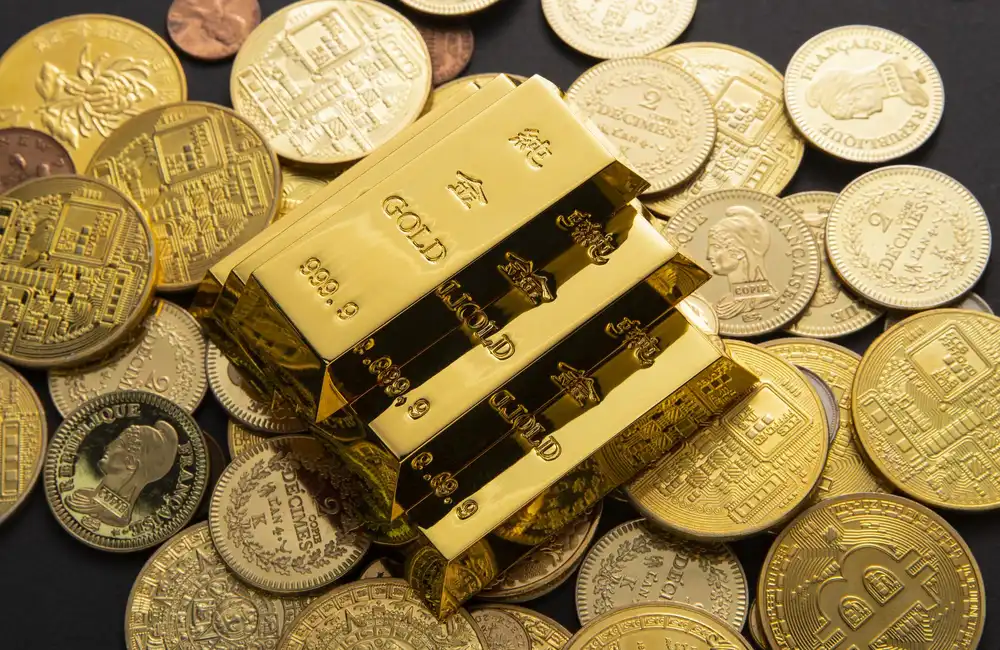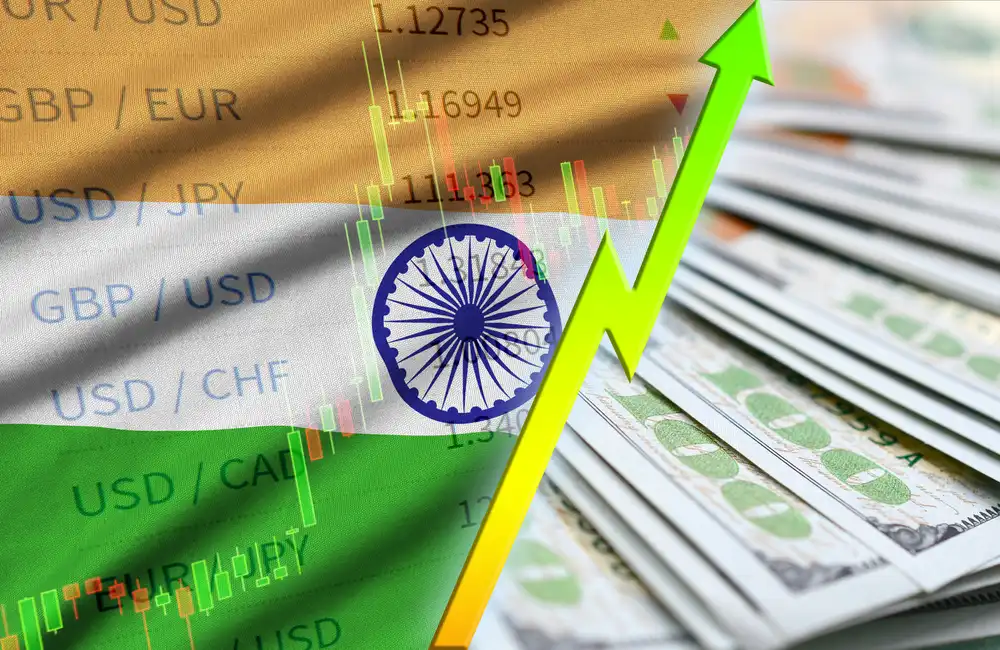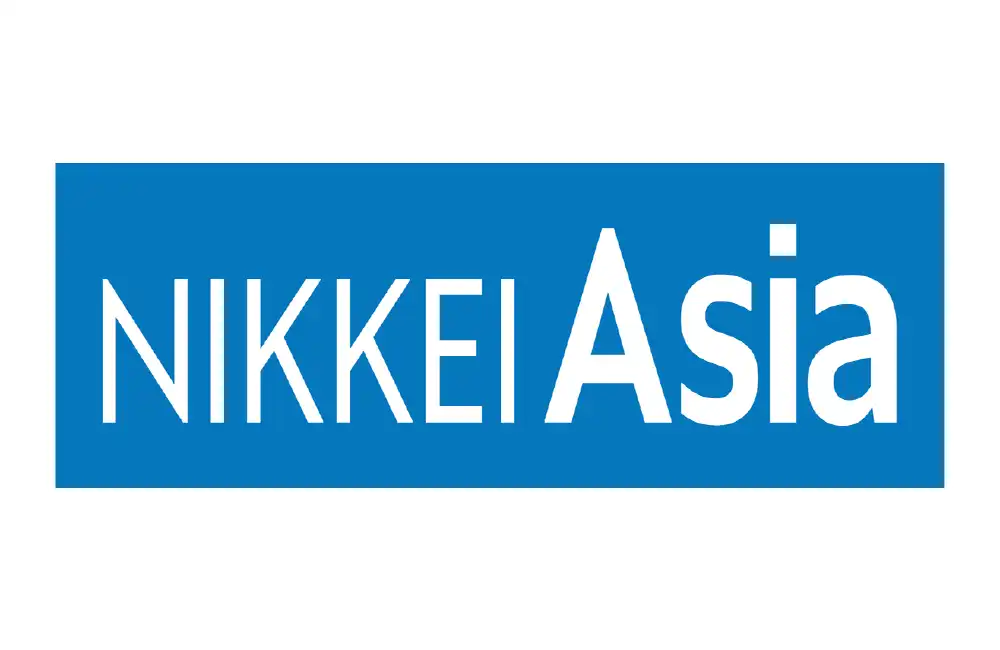Gold, often referred to as the ultimate safe-haven asset, is reclaiming the spotlight. Central banks around the globe are ramping up their purchases of gold reserves, sparking intrigue among financial experts, policymakers, and investors alike.
But what’s driving this resurgence in demand for the precious metal? This article examines the key motivations behind this trend, from economic uncertainty to geopolitical tensions, while shedding light on why gold remains an evergreen pillar of financial stability.
1. Economic Uncertainty and Crisis Preparedness
Periods of economic turbulence often lead central banks to rethink the composition of their reserves. With rising global debt levels, fears of recession, and banking sector instabilities, gold becomes an attractive standby. Unlike fiat currencies that can be devalued or manipulated, gold retains intrinsic value across time and borders. Its role as a buffer against economic shocks has persisted for centuries, making it an appealing addition to any central bank’s portfolio.
For example, the slowdown in global growth post-pandemic, coupled with inflationary pressures triggered by supply chain disruptions, has heightened economic vulnerabilities. Central banks are pre-emptively turning to gold as a stabilising force, mitigating risks associated with currency volatility or sudden financial instability.
2. Inflation Hedging
Gold’s reputation as an inflation hedge is arguably one of the strongest drivers behind its accumulation. When the purchasing power of fiat currencies diminishes due to rising inflation, gold typically appreciates in value. This inverse relationship has made it indispensable for central banks striving to preserve their financial wealth.
Considering current inflationary trends, many economies are struggling to contain soaring consumer prices. Central banks in regions like Europe, Asia, and Latin America have responded by allocating a greater share of their reserves to gold. These actions ensure they maintain purchasing power and limit exposure to inflation-driven declines in the value of paper assets.
3. Diversification Away from the US Dollar
For decades, the US dollar has been the undisputed global reserve currency. However, cracks are beginning to show in this dominance. Some central banks are diversifying their reserves away from relying too heavily on the dollar, and gold has emerged as a key alternative.
This shift is partly motivated by concerns over the dollar's long-term sustainability. Elevated US debt levels and fluctuations in monetary policy have made many nations wary of overdependence. Additionally, moves to ‘de-dollarise’ portfolios have gained traction among emerging market nations seeking to reduce exposure to one nation’s economic policies. Gold offers these banks the perfect solution, facilitating reserve diversification without compromising liquidity.
4. Geopolitical Tensions
Geopolitical uncertainties, including conflicts, trade tensions, and diplomatic rifts, are also spurring central banks to increase their gold reserves. When global stability appears fragile, the appeal of gold as a universally accepted store of value grows.
For instance, ongoing tensions between major economic powers such as the US and China have led to concerns over asset freezes or sanctions. Gold, being a tangible and widely accepted asset, bypasses these risks. It provides an impartial, apolitical form of wealth storage, immune to the geopolitical conflicts that could destabilise other investments.
Recent Trends in Central Bank Gold Buying
The gold-buying spree among central banks has been remarkable in recent years. According to the World Gold Council, central banks purchased 1,136 tonnes of gold in 2022, marking the highest level of purchases in over five decades. Leading nations in this gold rush include Turkey, China, and India, alongside other emerging markets focusing on bolstering financial defences.
The sheer scale of these acquisitions has had a significant impact on global gold demand, pushing prices higher and influencing market dynamics. Gold has surpassed the $2,000 per ounce threshold multiple times during 2023, underscoring its prominence in the current economic climate.
Gold as a Pillar of Financial Stability
Central banks’ enthusiasm for gold stems from its unique ability to enhance financial stability. Gold carries no credit risk and cannot be debased like fiat currencies. It holds its value even during crises, providing much-needed security.
For nations navigating today’s unpredictable and interwoven global economy, holding gold acts as both a prudent financial strategy and a psychological reassurance. It signals to markets and citizens alike that the central bank is prepared for worst-case scenarios, fostering trust and reinforcing national resilience.
Steps You Can Take to Learn More
The increasing trend of central bank gold reserves demonstrates the enduring importance of gold in financial strategy. Whether you’re an institutional investor or an individual with an interest in safe-haven assets, deepening your knowledge about this topic can be incredibly rewarding.
Download our exclusive guide to explore in greater depth the strategies central banks are using to build their gold reserves and how you can employ similar principles to safeguard your investments.
Stay ahead of the curve by joining our newsletter to regularly receive expert insights on global economic trends, investment strategies, and the growing role of gold in shaping financial markets.
Gold is more than just a shiny metal; it’s a strategic asset that continues to define the financial stability of nations. Will you leverage its potential, too?





















